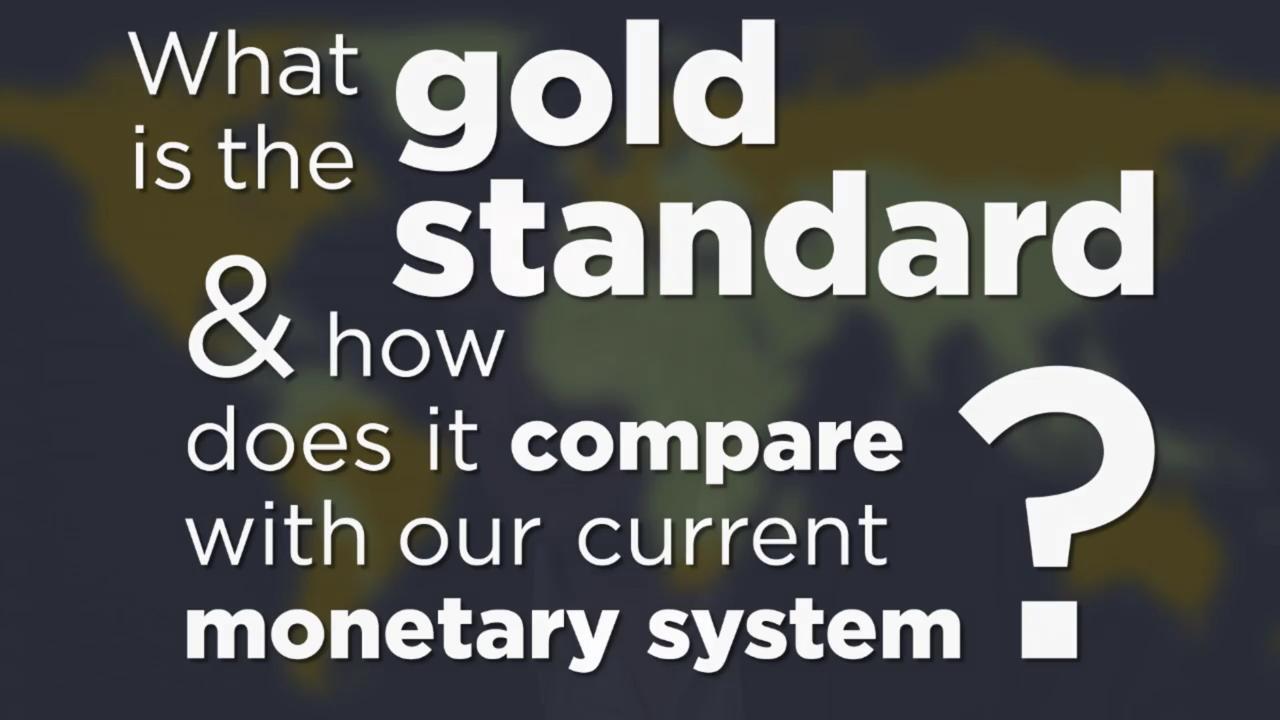How the Gold Standard Compares to a Fiat Money System
In 1971, the U.S. ended its attachment to the gold standard. But at one time, many major countries had monetary systems based on a gold standard—currency that could be redeemed, at least in part, for gold. In this video, St. Louis Fed economist David Andolfatto explains the differences between a fiat money system and a currency backed by gold.
Video Transcript
[Music playing]
Narrator: Following the news these days, you might get the idea that our national economic system isn't doing so well. Some of this general anxiety is natural considering the ongoing effects of the 2008 economic crisis.
One topic that is gaining renewed interest is the idea of returning our monetary system to the so-called gold standard. At some point, most of the world's economies, including the United States, were based on a gold standard.
But before we go any further, let's start at the beginning. What is the gold standard and how does it compare with our current monetary system?
David Andolfatto: A gold standard is a monetary system where the government links the value of its paper money to a stock of gold reserves. Under a gold standard, the government defines $1 to be a specific weight of gold. And a dollar bill is defined to be a paper object that's made redeemable in that specific dollar weight of gold.
So, for example, as was the case in the United States in the early 20th century, the definition of a dollar was taken to mean one-twentieth of an ounce of gold, and so it would take 20 dollar bills to purchase one ounce of gold.
Narrator: The United States ended its attachment to the gold standard in 1971, converting to a 100% fiat money system. Today, there isn't a single country that backs its currency with gold.
But what are the key differences between a fiat system and a currency backed by gold?
David Andolfatto: Under a fiat money system, a dollar is just an accounting unit. A dollar bill is no longer made redeemable in gold or any other asset. However, paper money is stipulated as legal tender. That is to say, people can legally pay their debts, including taxes, using paper money. So paper money circulates because it is convenient as a payment instrument and it can be used to discharge debt.
Gold Standard Video Series
- Part 1: How the Gold Standard Compares to a Fiat Money System (2:04)
- Part 2: Gold Standard and Inflation (3:00)
- Part 3: Purchasing Power (3:17)
- Part 4: Benefits of a Fiat Money System (2:23)
- Part 5: The Gold Standard and the Central Bank (1:46)


